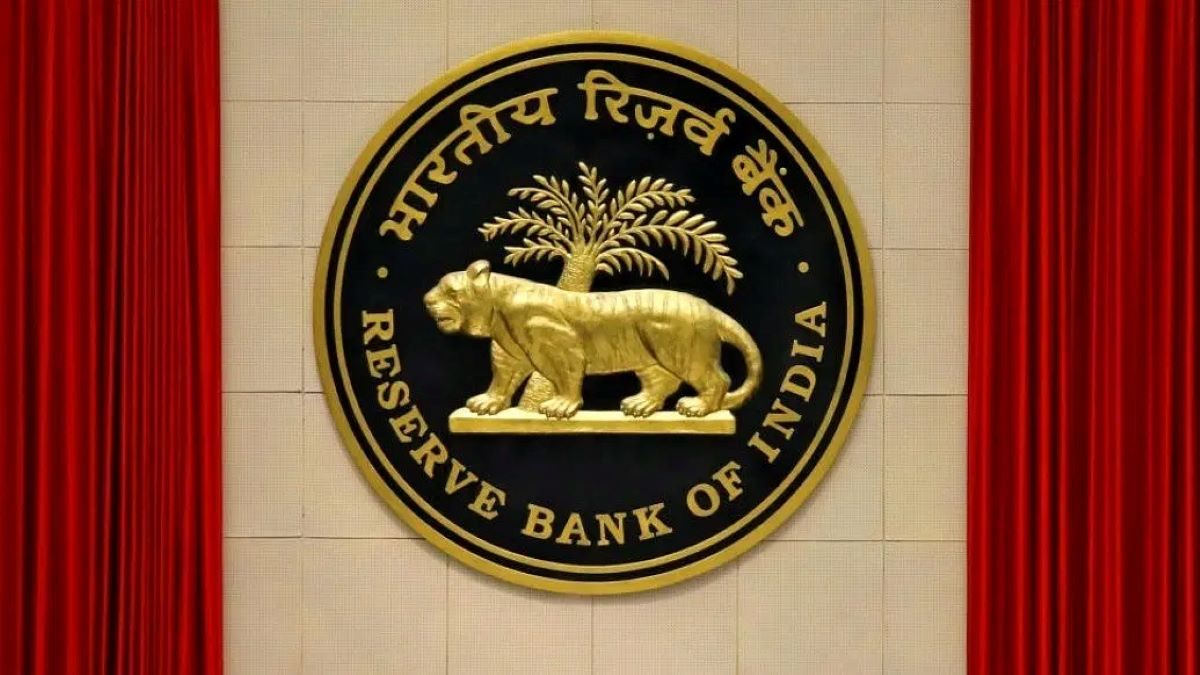The RBI took a major step. monetary policy step during its February 2025 meeting. For the first time in almost five years, the central bank's Monetary Policy Committee (MPC) has cut the repo rate by 25 basis points (bps), lowering it from 6.5% to 6.25%. The move reflects concerns over economic growth slowing down and inflation aligning closer to the target range of 4%.
Here are the key takeaways from this decision:
1. RBI Opts for Rate Cut Amid Global Uncertainty
The RBI's decision to cut the repo rate by 25 bps marks a policy shift after a prolonged period of maintaining rates at 6.5%. This move aligns with market expectations, particularly following the Union Budget 2025, which hinted at measures to stimulate economic growth.
Governor Sanjay Malhotra emphasized that this rate cut was necessary to tackle challenges posed by a slowdown in economic momentum while keeping inflationary pressures under control.
2. Economic Growth Projections Remain Stable but Require Attention
The central bank retained its focus on economic growth, projecting real GDP growth for FY26 at 6.7%. However, global uncertainties and domestic challenges influenced the MPC's decision to provide monetary easing.
Growth Projections for FY26:
- Q1 FY26: 6.7% (revised from 6.9%)
- Q2 FY26: 7% (down from 7.3%)
- Q3 FY26: 6.5%
- Q4 FY26: 6.5%
Despite these revisions, the RBI remains cautiously optimistic, balancing its monetary stance to support growth while maintaining stability.
3. Inflation Trends Offer Optimism
A significant factor behind the rate cut was the softening of inflationary pressures. The RBI expects inflation to hover around its target range of 4%, assuming a normal monsoon and stable supply conditions.
Inflation Projections:
- CPI Inflation for FY25: 4.8%
- Q4 FY25: 4.4%
- CPI Inflation for FY26: 4.2%
- Q1 FY26: 4.5%
- Q2 FY26: 4.0%
- Q3 FY26: 3.8%
- Q4 FY26: 4.2%
This gradual decline in inflation offers room for further policy adjustments if economic conditions demand it.
4. Neutral Stance Retained
The MPC decided to maintain a neutral monetary policy stance, allowing it to respond to changing economic and financial conditions. This balanced approach signals that while the RBI focuses on growth, it is prepared to act if inflationary risks resurface.
5. First Rate Cut Since May 2020
This policy decision marks the RBI's first rate cut since May 2020, when it slashed the repo rate by 40 bps to 4% during the COVID-19 pandemic. The recent reduction reflects a shift in the central bank's priorities as it seeks to balance growth stimulation with inflation management.
Conclusion
The RBI's 25 bps rate cut underlines its commitment to supporting economic growth while maintaining inflation within the desired range. With the global financial landscape fraught with uncertainty, this decision provides a much-needed boost to market sentiment. The central bank's neutral stance further ensures flexibility in responding to evolving economic conditions.




 Easy & quick
Easy & quick
Leave A Comment?